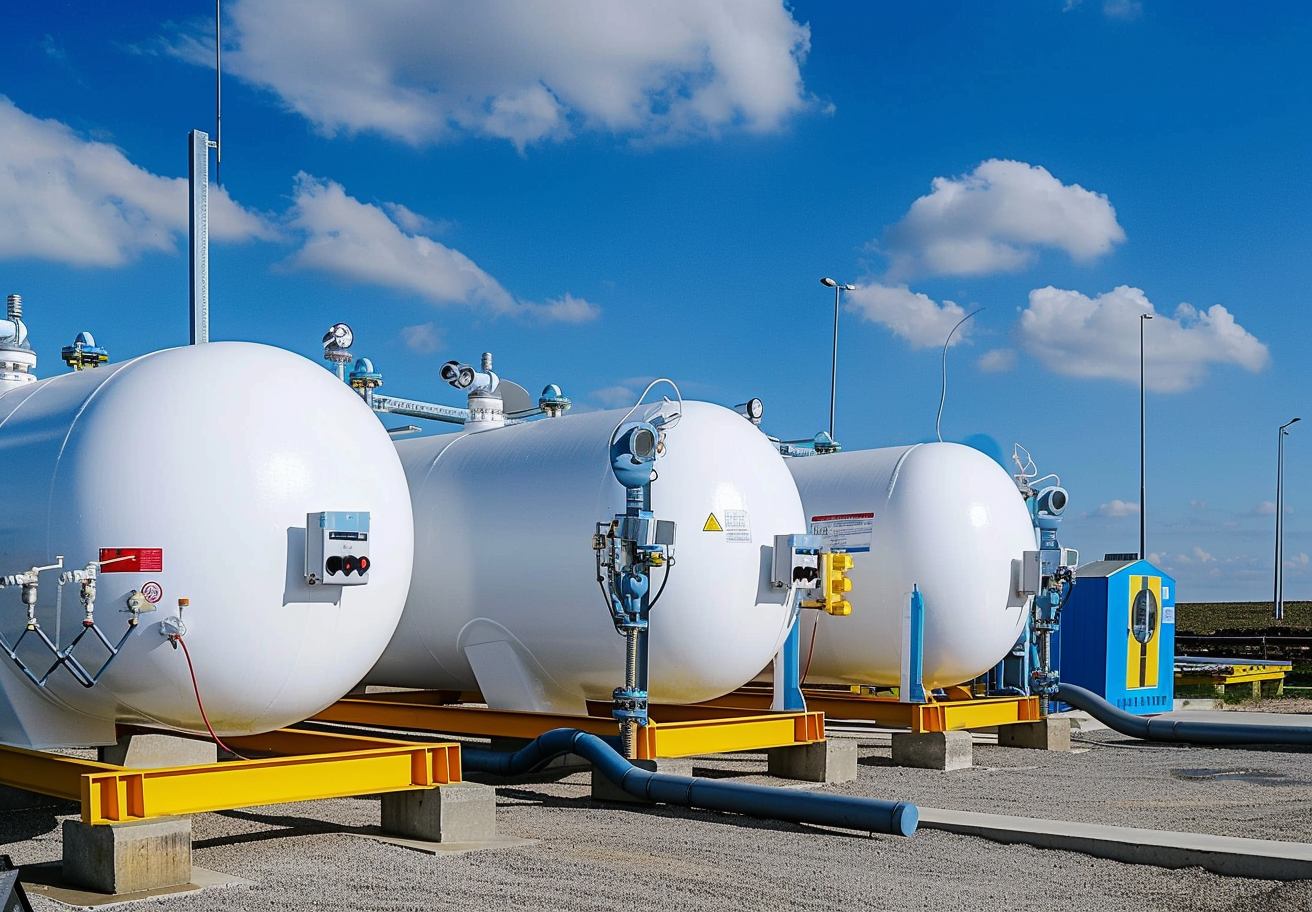
The increasing attention towards nuclear energy is attributed to its ability to meet the world's growing energy needs while contributing to greenhouse gas emission reduction. However, the formidable power and intricacy of nuclear reactions demand utmost vigilance to ensure the safety and stability of nuclear reactors.
Among the essential components that enhance reactor safety, control rods hold a pivotal role in regulating the nuclear fission process. Gadolinium oxide has emerged as a dependable material for these control rods, mainly due to its exceptional neutron absorption capacity. This article explores the advantages of gadolinia control rods in nuclear reactors, the safety considerations pertaining to their usage, and their critical role in maintaining reactor stability.
Gadolinium oxide, a rare-earth element, has excellent neutron absorption capability, efficiently capturing neutrons in the reactor core. Control rods with gadolinium oxide effectively regulate nuclear fission, ensuring reactor stability and controlling power output. This property is crucial for the safety and stability of nuclear reactors.
Incorporating gadolinium oxide in control rods offers improved reactivity control in nuclear reactors. By manipulating the position of these control rods, operators can efficiently manage and fine-tune the reactor's power level, ensuring it operates within the desired parameters. This capability is crucial, particularly for load-following operations, as it allows the reactor's power output to be adjusted to meet fluctuating electricity demands effectively.
Gadolinium oxide control rods offer reduced reactor poisoning compared to other materials. Reactor poisoning refers to the build-up of certain isotopes in the reactor that can hinder the nuclear chain reaction. Gadolinium's neutron absorption properties prevent the accumulation of these harmful isotopes, resulting in more stable and predictable reactor performance.
Gadolinium oxide control rods provides greater operational flexibility for nuclear reactors. Operators can promptly respond to changes in power demand and adjust the reactor's power output accordingly. This flexibility allows for efficient load-following, grid stability, and the ability to adapt to changes in energy consumption patterns.
Ensuring the thermal stability of gadolinia control rods enables them to perform effectively in nuclear reactors. The extreme conditions that exist inside a reactor, such as high temperatures and intense radiation, can cause materials to degrade over time.
Striking a careful balance is critical to maintaining the overall neutron economy. Excessive neutron absorption can hamper reactor efficiency. Therefore, precise reactor design and careful optimization are crucial to ensure that the control rods effectively regulate the nuclear fission process while maintaining efficient and safe operation of the reactor.
Control rod values relate to the effect on reactivity when control rods are inserted into or withdrawn from the reactor core. Its accurate calculation is critical for a reactor to shut down safely or reach criticality. Ensuring proper control rod design and positioning is critical to maintaining the reactor's safety margin and preventing potential accidents.
Gadolinium oxide plays a crucial role in upholding the stability and safety of nuclear reactors. Its effectiveness as a neutron absorber enables precise control and adjustment of reactor power levels by operators. This responsiveness to electricity demand changes contributes to grid stability and efficient energy production. Additionally, the reduced reactor poisoning properties of gadolinium oxide result in more predictable reactor behavior and improved safety margins, further enhancing the overall safety of nuclear reactors.
In conclusion, gadolinium oxide has proven to be a valuable material for control rods in nuclear reactors. Its high neutron absorption capability, enhanced reactivity control, and reduced reactor poisoning make it an excellent choice for maintaining reactor stability and safety. However, safety considerations such as thermal stability, neutron economy, and control rod worth must be carefully evaluated during reactor design and operation. As nuclear energy continues to play a vital role in the global energy mix, the continued research and development of gadolinium oxide and its application in nuclear reactors will further enhance the safety and efficiency of nuclear power generation.
For more information about rare earth materials, please visit our homepage.
Eric Loewen
Eric Loewen graduated from the University of Illinois studying applied chemistry. His educational background gives him a broad base from which to approach many topics. He has been working with topics about advanced materials for over 5 years at Stanford Materials Corporation (SMC). His main purpose in writing these articles is to provide a free, yet quality resource for readers. He welcomes feedback on typos, errors, or differences in opinion that readers come across.

 Inquiry List
Inquiry List

